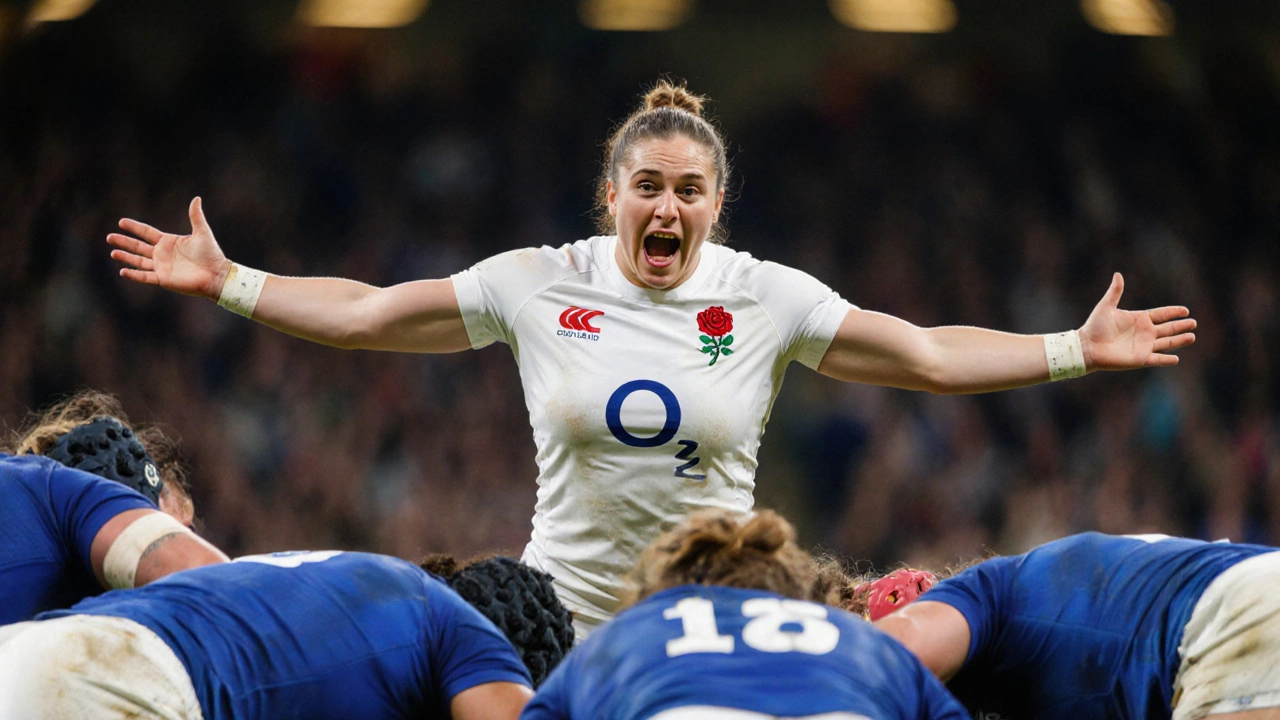Women's Rugby World Cup – All You Need to Know
When talking about Women's Rugby World Cup, the premier international rugby union competition for women, held every four years. Also known as WRWC, it brings together top national teams to compete for the trophy. The event sits within the broader sport of Rugby Union, a full‑contact code with 15‑a‑side matches and showcases the growth of women's rugby, a fast‑growing segment that emphasizes skill, speed and resilience. Host nations, such as New Zealand in 2021, shape the tournament's atmosphere and logistics, while the qualification process, regional tournaments that decide the final sixteen teams determines who gets to play on the world stage.
What the tournament looks like
The competition follows a clear pool‑stage and knockout format. Sixteen qualified teams are split into four pools, each playing three matches over two weeks. Points are awarded for wins, draws and bonus achievements, which decides who advances. After the pool stage, the top two teams from each group enter the quarter‑finals, then semi‑finals, and finally the championship match. This structure creates a steady build‑up of excitement and gives fans plenty of chances to see high‑quality rugby. The schedule is timed to avoid clashes with other major sports events, ensuring maximum viewership.
Because the World Cup is a global showcase, broadcasters like ITV Rugby Central secure live rights in the UK, offering in‑depth pre‑match analysis and post‑game breakdowns. The coverage includes player‑focus segments, tactical reviews, and behind‑the‑scenes interviews that help casual viewers understand why the sport is gaining momentum. On‑demand replays and highlight reels keep the conversation alive long after the final whistle.
Key to any tournament is the statistical side. Player stats such as tries scored, tackle success rate and meters run give a concrete picture of performance. For example, players from New Zealand and England often dominate the try‑scoring charts, while Pacific Island teams bring a high tackle count. These metrics are tracked by World Rugby and feed into fan‑friendly graphics that appear on-screen during broadcasts. Coaches also rely on the data to fine‑tune strategies for the knockout rounds.
Looking ahead, the next Women's Rugby World Cup promises fresh storylines: emerging talents from Japan, a possible new host nation in the United States, and the continued push for gender parity in prize money. Below you’ll find a curated collection of articles that dive deeper into the schedule, team preparations, player spotlights and the broader impact of women’s rugby on the sport’s future. Whether you’re a seasoned fan or just starting to follow, the pieces ahead will give you the context you need to enjoy every tackle, try and victory.
